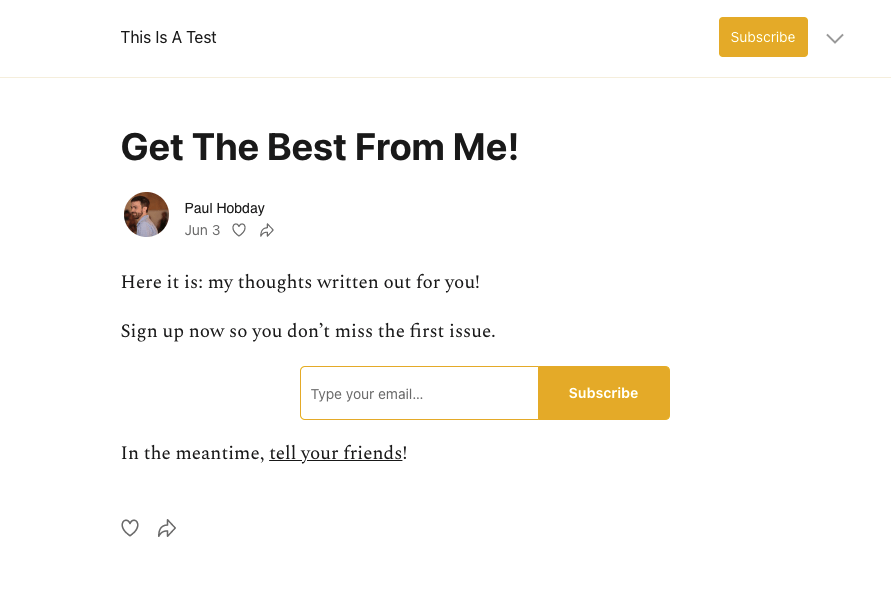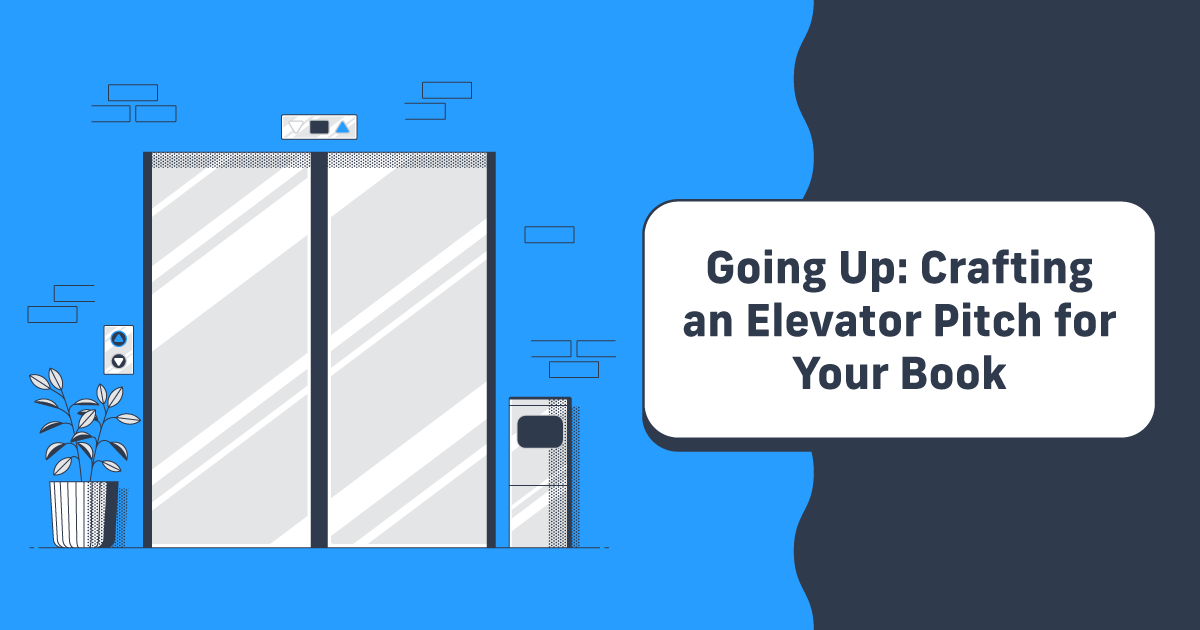How to Use Substack to Grow Your Audience
Substack is one of the more interesting new platforms writers are using to connect with their readers. If you haven’t heard of Substack before, that’s understandable. The platform is only a few years old and (much like Lulu) Substack aims to work in the background. Substack writers use it not because of a large existing audience but for the opportunity to cultivate their own, personal audience.
If you’re a regular follower of this blog, that sentiment should sound familiar. So today, let’s take a look at Substack’s newsletter platform and how you can use this platform to help build your audience (and potentially earn some money too!).
What Is Substack?
Substack is an email newsletter and publishing platform. It’s free to use for writers and readers with an option to ask your readers to subscribe with a monthly or annual fee. The concept is incredibly simple and creator-centric. Once you’ve created a profile and a landing page, your readers will be able to search and find your Substack site (usually as MYSITE.SUBSTACK.COM) to read and subscribe.
This model is incredibly useful for entrepreneurs who have an audience. You get to own that email list and you can offer exclusive content in exchange for subscribing. If you write and you have an audience, Substack is one of the best new ways to add revenue to support your writing.
How Does Substack Work?
You’ll create an account and a welcome/first post. This is easy because the Substack dashboard is one of the simplest I’ve ever used.

Seriously, you’ve got options to create a Post, Episode (think Podcast), or Thread (forum discussion), a list of drafts, and some helpful resources. That’s. It.
The minimalism is pretty welcome, as some dashboards can be wildly overwhelming.
Back to your first post; this should be a welcome page that centrally features a subscription box. Here’s the sample I made:

The focus is on requesting they sign up. First and foremost, you’re building a list of followers. But they’re smart enough to give readers an option to read your content first. Clicking that link will jump the reader to your ‘home’ page:

For my sample page, it’s just one post asking for their email again, but your page would include all your content. Here’s a great example of a well-designed page from Design Lobster.

The first post is featured and below that is a scroll of other posts. They also have 3 sub-headings and a search button. Simple but effective.
It’s All About Your Audience
Substack is laser-focused—the goal is to serve as a means to build your audience through simple content delivery. If you click over to Design Lobster or any other Substack page, you might be struck by just how simple it is.
That’s because Substack is a newsletter subscription service and the content being shared is meant to be read in your inbox. When your readers are reading your content in their inbox, you’re creating a personal connection (or as personal as one can get on the web).
Content and Platform Matter
The majority of content we create and put online is on someone else’s platform. When you write a string of Tweets, you are creating content but the platform remains Twitter. Everything you post on Twitter has to conform to their content requirements and the other users on Twitter remain that; Twitter users.
But when someone navigates to your website, you own the entire experience. You select the colors and the words on the page. You control which buttons and links lead where. And, most important of all, you have the opportunity to ask that person to give you their contact information (email address).
A follower on Facebook and an email subscriber are very different kinds of fans. That Facebook follower is an enigma—you only have access to them when they choose to come to your page and interact with your content. When you have a person’s email address, you serve them your content on your schedule.
This isn’t to say that you should abandon social media platforms. These ‘rented’ spaces are more important than ever because they’re more popular than ever. But the goal should be to eventually convert those followers on social media into buyers. And where better for your readers to buy from than your author website?
Why Substack Is Great for Authors and Creators
What I love most about Substack is the emphasis on personal, direct connections between you and your readers. Efforts to bring users to your own site are only going to get harder as existing platforms become more and more focused on keeping traffic on their own site.
Here is a chilling quote from Rand Fishkin that I can’t stop thinking about:
“I suspect more great content goes unnoticed now than at any other time in the web’s history.”
Why? Because we create more content than ever before. But so do platforms like Facebook or Google, and they’re inclined to share their own content first. Or at the least content that stays is hosted or managed by them.
These platforms want you to stay on their URL. Which, if you’re trying to build your own audience, is a huge problem. Do you want to compete with Google and Facebook?

Substack solves this problem by helping you own your audience and speak to them directly.
Substack as a Revenue Stream
Okay, so the main benefit for authors and creators is the ability to connect to readers and build an email list. That alone is enough for me to stop and take notice of Substack. They take it a step further and help you monetize that email list too.
It’s a savvy way for Substack to earn revenue (they keep 10% off the top) and makes it really easy for you to offer tiered content and create a supplemental revenue stream.
Subscriptions run at a minimum of $5 per month or $30 per year. If you have 1,000 followers and 100 of them are paid subscribers at $30 a year, you’ve got $3,000 just from Substack! Not enough to live on, but certainly a nice way to supplement book sales. And remember, you’re sharing content (blogs, updates, etc) that you would likely be sharing regardless.
Substack is only helping you own that content, own the audience who reads the content, and create some revenue.

Your Free Lulu Account
Create a Lulu Account today to print and publish your book for readers all around the world
Making Connections
At the risk of coming off like a broken record, I’ll say this once again; you need to build direct connections to succeed. Creating a newsletter on Substack is one powerful way to make that connection, own the data (you can export the full mailing list with ease), and turn your work into revenue.
As online platforms like social media become more centralized and focused on their own audiences, email newsletters will continue to be one of (if not the) most important ways you connect with your readers. By including paid newsletter subscriptions, you can turn that email content into a product (like your book).
It all comes back to your audience though. Substack only works if you have an audience—which means your hardest job as a content creator is still developing and promoting your brand to build a following. But that’s why you’re here in the first place right? You want people to read what you’ve created. Substack introduces a novel way to share what you create in a profitable, personal way.




